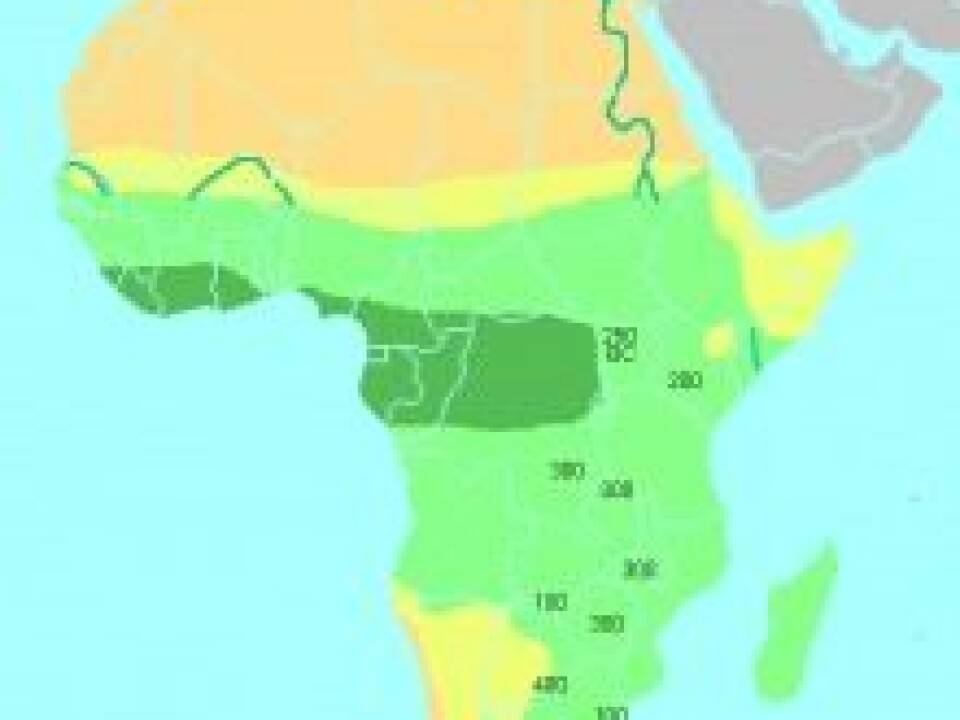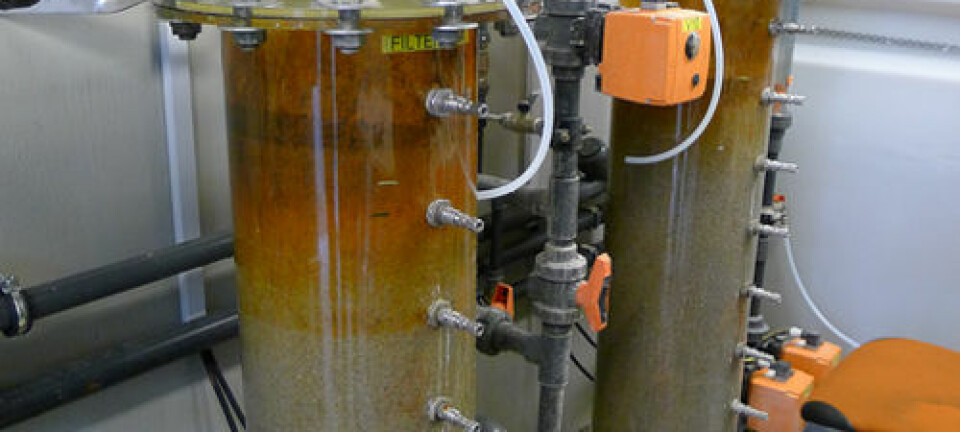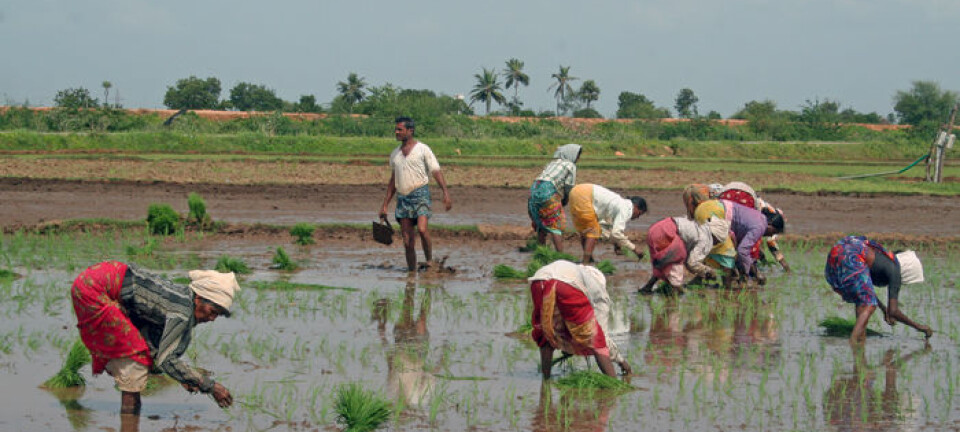
Charcoal makes African soil more fertile and productive
West African farmers are transforming nutrient-poor rainforest land in to fertile soil and their crops are thriving. It might be the solution to food shortages in the African tropics, say scientists.
The villagers in Liberia, West Africa have a saying: "God created the earth, but we made it fertile."
They have been digging up charcoal for centuries to fertilise the soil and increase crop yields.
Now scientists have described the process in a new study, which is published in the journal Frontiers in Ecology and the Environment.
"This is very important for Africa. It could have a major impact on food security in the future if [we can] spread the cultivation system to other parts of the continent," says co-author Søren Munch Kristiansen, associate professor at the Institute of Geoscience, Aarhus University, Denmark.
Charcoal provides nutrients and reduces CO2 emissions

Charcoal is able to bind nutritional substances such as phosphorus and calcium in the soil, which makes them more easily available to the plants.
“Plants find it extremely difficult to pull nutrients out of the acidic red soil, which is found in the tropical regions of sub-Saharan Africa. But the charcoal solves the problem. It provides a long-term alternative to 'slash and Burn' methods, which only works for a few years," says Kristiansen.
'Slash and burn' is a common method in rainforests, where sections of the forest are burnt and the charred remains are left behind to fertilise the ground. But in West Africa, farmers use coal from their own fireplaces, and bury it so that it becomes mixed into the soil.
The red soils turn to black soil, which is a win-win for the climate, as it helps bind carbon in the soil and reduces greenhouse gas emissions.
Women continue the tradition
Anthropologists first observed the practice a few years ago as they watched the West African villagers working on the black earth. But it is the local women, who have continued the tradition for generations.
Around the villages are numerous patches of black soil that women maintain by burying their household waste and charcoal. The combination of nutrients from household waste and the charcoal’s life-giving properties makes the soil black, and fertile.
According to some villagers, a quarter of all their crops grow in this black soil, even though it represents only a very small proportion of the total cultivated area.
700-year-old soil
Anthropologists took samples of the black soil to analyse and find out what makes it so fertile.
The black soil contains 200 to 300 per cent more organic carbon than the red soil and large amounts of nutrients, particularly phosphorus and nitrogen.
The scientists then used radiocarbon dating to see how old the fertile earth was.
"The soil was up to 700 years old, depending on how far you dig--layers could be up to 1.8 meters deep," says Kristiansen.
Charcoal: a promising solution for food shortages
The charcoal method could be a promising solution to address food shortages throughout Africa, says Associate Professor Sander Bruun, from the Department of Plant and Environmental Sciences, at the University of Copenhagen, Denmark.
"We are facing tremendous challenges of feeding the world's population, which is increasing rapidly--especially in Africa. And therefore we need new ideas,” says Bruun.
“There are very large areas with poor soil, and if we can improve it, then the outlook is good. Charcoal seems to be one of the most promising solutions right now," he says.
He points out that scientists have experimented with the method for several years. In general, the effects are positive but there are also some potential problems that need to be investigated.
“One problem could be, for example, that there is a risk of forming PAHs (polycyclic aromatic hydrocarbons) if the coal is combusted at the wrong temperature, which are dangerous toxins. Some of them are carcinogenic," says Bruun.
So, it is important to produce the charcoal under controlled conditions.
-------------
Read the Danish version of this story on Videnskab.dk
Translated by: Catherine Jex










